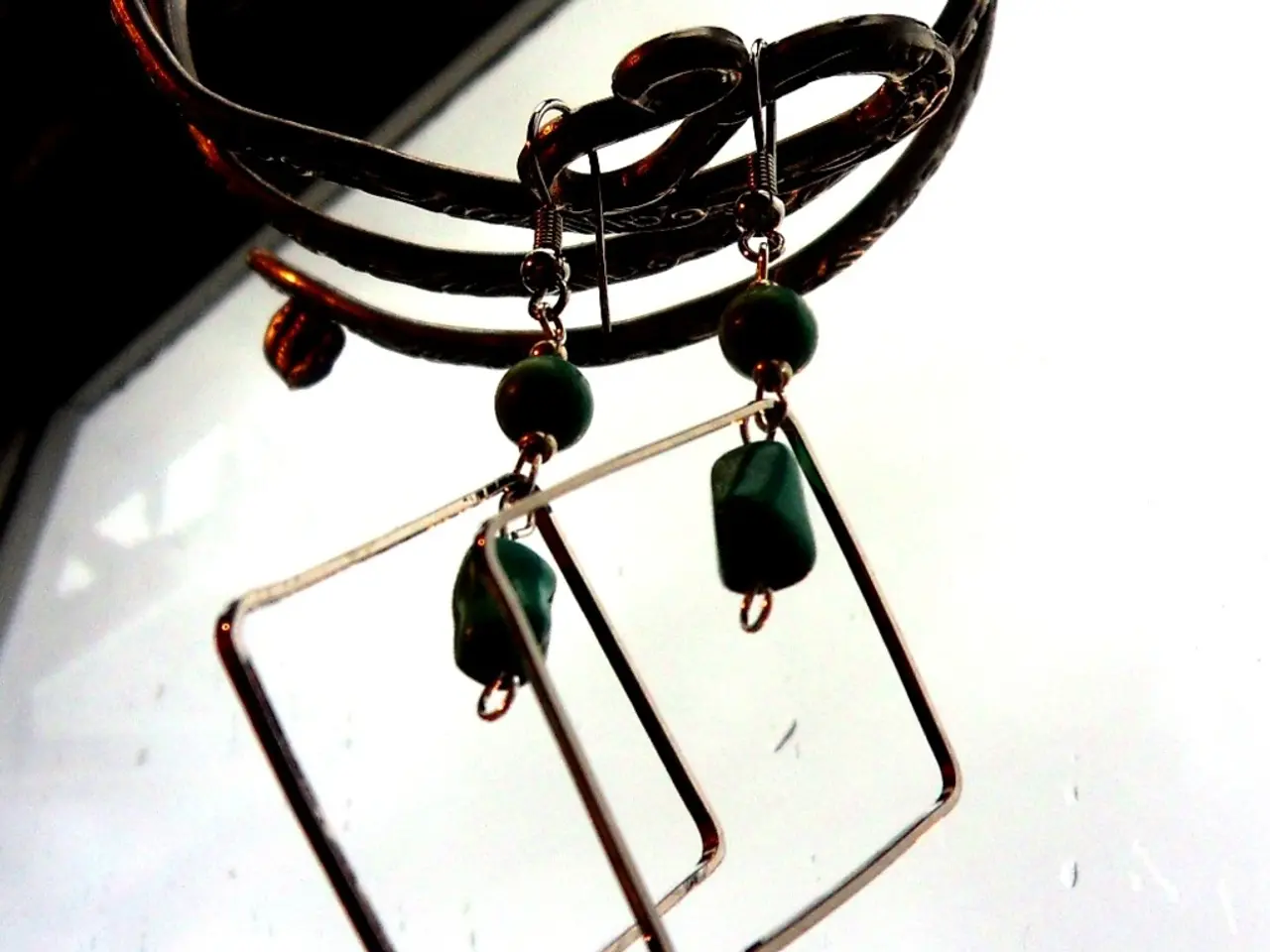Cell Composition: An Exploration of Cells, Their Functions, and Organelles
In the vast expanse of the human body, there exists an estimated trillions of cells, each a miniature universe of its own. These cells, the building blocks of life, can be found in thousands of different varieties, each with a unique role to play.
One of the most fundamental types of cells are bone cells, which include osteoclasts, osteoblasts, and osteocytes. They are responsible for maintaining the structure, health, and regeneration of our bones.
In the realm of reproduction, meiosis plays a crucial role. In females, meiosis begins during the fetal stage, with one egg cell resuming meiosis each month, producing a single haploid egg cell. In contrast, in males, meiosis occurs after puberty, producing haploid sperm cells in the testes.
The human body is home to various cell types, each with its own set of functions. For instance, fat cells, or adipocytes, store fats called triglycerides and produce some hormones. On the other hand, sperm cells are the smallest cells in the human body, motile, and contain energy-giving mitochondria in their tails.
The female egg cell, the largest human cell, is haploid and combines with the sperm cell's chromosomes during fertilization to create a diploid cell.
Cells, regardless of their type, are composed of three main parts: the membrane, the nucleus, and the cytoplasm. The cytoplasm is the interior of the cell that surrounds the nucleus and contains organelles. The cytoskeleton forms the scaffolding within the cytoplasm and helps the cell maintain its shape.
The nucleus, the headquarters of the cell, contains the majority of the cell's DNA. It is the storehouse of genetic information essential for cell growth, reproduction, and regulation of cellular activities.
The powerhouse of the cell is the mitochondria, which produce energy by generating ATP through cellular respiration, vital for cell survival and function. Lysosomes, on the other hand, serve as the cell's waste disposal, digesting and breaking down unwanted materials, damaged organelles, and cellular waste through enzymatic activity.
The endoplasmic reticulum, divided into rough ER (with ribosomes) and smooth ER, synthesizes proteins and lipids, and helps in internal organization of the cell. The Golgi apparatus, meanwhile, modifies, sorts, packages, and directs proteins and lipids synthesized by the ER to their proper destinations; it is also involved in the formation of lysosomes.
These organelles work cooperatively to ensure proper cell function, growth, and survival. It is worth noting that human cells do not have chloroplasts or cell walls, which are present in plant cells.
In summary, the main organelles in human cells and their functions are as follows:
| Organelle | Main Function | |-------------------|-------------------------------------------------------------------| | Nucleus | Stores genetic information (DNA) and controls cell activities | | Mitochondria | Produces energy (ATP) for cellular processes | | Lysosomes | Digests cellular waste and unwanted materials | | Endoplasmic Reticulum | Synthesizes proteins (rough ER) and lipids (smooth ER) | | Golgi Apparatus | Processes, sorts, and packages proteins and lipids; forms lysosomes | | Cytoskeleton | Provides structural support and enables intracellular movement | | Cell Membrane | Controls movement of substances in and out of the cell |
This overview covers the main organelles typically found in human (animal) cells and their primary roles.
In addition to these basic cell types, there are specialized cells such as nerve cells, or neurons, which are the communication system of the body, and muscle cells, or myocytes, which are responsible for movement, support, and internal functions like peristalsis. Stem cells, undifferentiated cells found in the embryo and some adult tissues, have the ability to become various cell types.
In conclusion, the human cell, with its intricate organelles and diverse cell types, is a marvel of biological engineering, each component working harmoniously to ensure the proper functioning of the body.
- Cellular health and regeneration in individuals affected by conditions such as multiple sclerosis can be improved through predictive medical-health research.
- Hepatitis, depression, asthma, HIV, sclerosis, migraine, and other health-and-wellness medical-conditions require thorough understanding of cellular mechanisms and functions to develop effective treatments.
- AQ (air quality) monitoring is essential in healthcare settings to maintain a healthy environment for cells, aiding in the prevention of respiratory conditions such as asthma and reducing the potential spread of infectious diseases like HIV.
- In the field of science and technology, advancements in cellular research have led to breakthroughs in the treatment and management of multiple medical-conditions, serving as a stepping stone for future health-and-wellness innovations.
- The healthcare system should promote awareness and provide education on health-and-wellness, including the importance of proper cellular function, to help individuals make informed decisions concerning their care and lifestyle choices.
- With the growing understanding of cellular complexities, the connection between various medical-conditions, such as sclerosis and depression, may aid in the development of personalized, holistic healthcare treatments.




